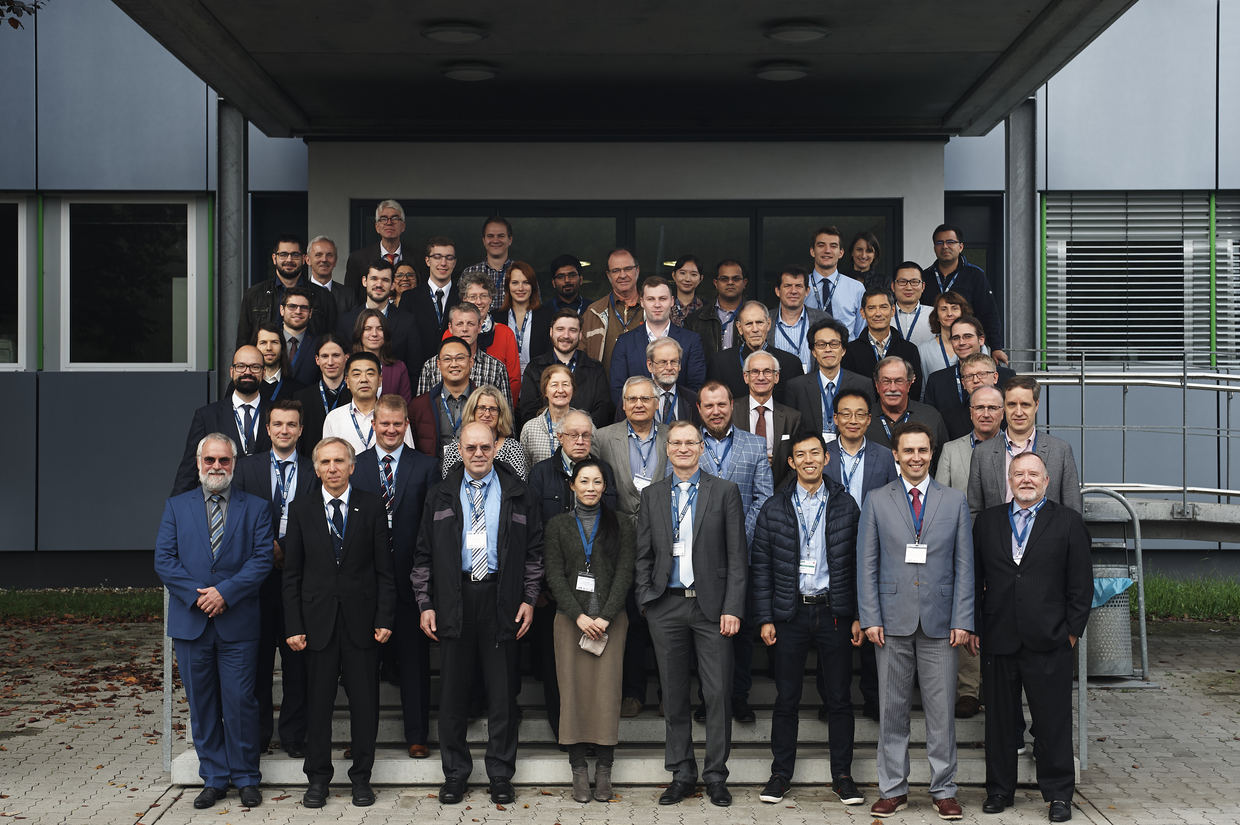25th International QUENCH-Workshop*

22 - 24 October 2019
Karlsruhe Institute of Technology, Campus North, FTU-Aula
An important accident management measure for controlling severe accident transients in light water reactors (LWRs) is the injection of water to cool the degrading core. Flooding of the overheated core, which causes quenching of the fuel rods, is considered a potential worst-case scenario regarding hydrogen generation rates which should not exceed safety-relevant critical values. Before the water succeeds in cooling the uncovered core, there can be an enhanced oxidation of the Zircaloy cladding that in turn causes a sharp increase in temperature, hydrogen production, and fission product release. The investigation of the complex physico-chemical processes during quenching and the mutual interaction of materials used in nuclear fuel elements are the main objectives of the QUENCH program at KIT.
During the QUENCH Workshop recent experimental and modeling results on reflood, high-temperature materials oxidation and interactions as well as related problems were presented and discussed. Results of the last QUENCH bundle experiments were given. A special session was organized for the 25th anniversary workshop presenting the main outcome of the QUENCH program. One session dealt with modeling and code applications to integral QUENCH tests. We specially encouraged to present recent results on high-temperature oxidation and Accident Tolerant Fuel (ATF) claddings.
Generally, contributions on materials interactions during LOCA and the early phase of severe accidents in nuclear reactors including spent fuel pools as well on the coolability of the core were welcome.
The proceedings of the 25th QUENCH Workshop are now available click
* in cooperation with IAEA
